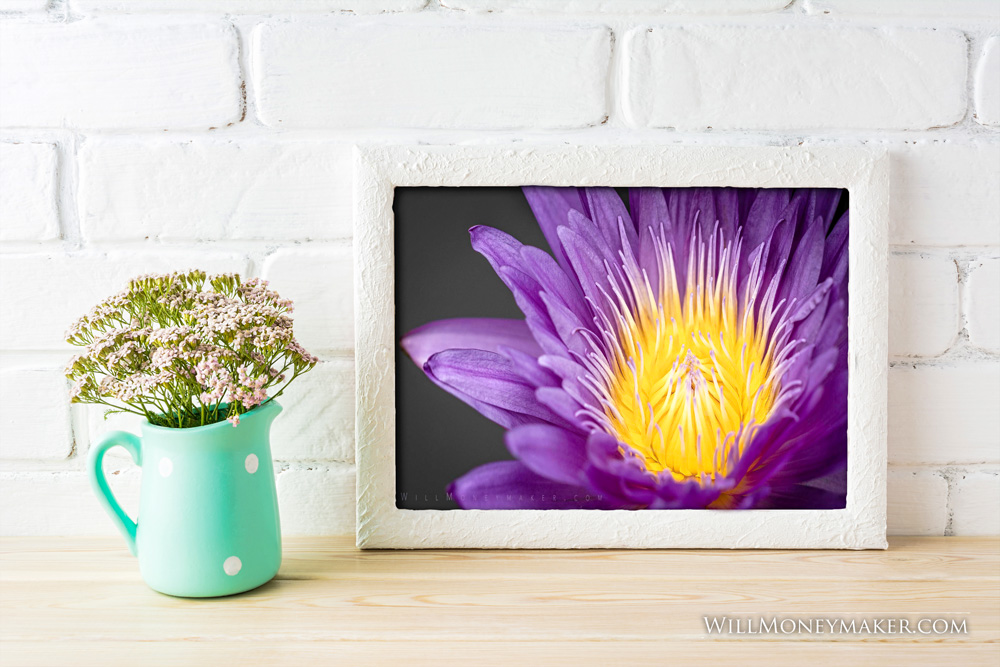Giving critiques on another photographer’s work is one of the biggest challenges we’ll face as photographers. It’s tough to give advice that is meaningful, constructive, and most of all, not so harsh that it hurts someone’s feelings. And, too, there is one big problem that many photographers fall into when giving critiques. It’s something I’ve caught myself doing. The feedback that we give is very often centered around the giver’s thoughts and feelings. What we would do with the photograph if it was ours.
To my mind, that’s problematic. When we give advice based on what we’d do if we were the ones who took the photograph, that runs the risk of completely discounting the original photographer’s vision. It’s very easy when doing this to give feedback that may help advance your own vision for the photograph and not necessarily the creative vision of the original artist.
So that’s why I recommend beginning each critique by getting to know a little something about the photograph first. Talk with the photographer and find out what they truly intend for the image. What meanings do they want to get across, or what emotions are they trying to relay? These are important questions to ask at the outset because when critiquing, these are the kinds of things that can be overlooked completely if you weren’t aware of them in the first place.
Once you’ve spoken with the photographer about these things? Then you can tailor your feedback around whether or not the photograph accomplishes what the photographer intended. Without this knowledge, you run the risk of telling them about post-processing techniques or other tweaks they might make that run contrary to their original vision. As feedback, this isn’t necessarily useful to the photographer because ideally, what they’re trying to accomplish is an expression of their own ideas and feelings, not yours.
When you do know what they intended? Well, then you’re free to make suggestions as you see fit. If the photographer intended to create a sad photograph, but you’re just not getting that emotion from it, then you can explain what elements of the image are taking away from this feeling. And if the photographer intended to get across a certain message, you’ll be equipped to tell them whether you see that message loud and clear, or whether it’s not as present as it could be.
Critiquing is a difficult process, one fraught with pitfalls. Of course, most of us are well aware how to give feedback kindly, without leaving the artist discouraged. And most all of us enter the process with the intention of being as helpful as possible. The best way to be helpful is to help the photographer express their own personal vision, not necessarily the vision you have for the photograph. Get to know that vision prior to getting down to the nuts and bolts of the critique, and you’ll be able to offer valuable insights on how the image is or isn’t accomplishing what the photographer set out to do.





